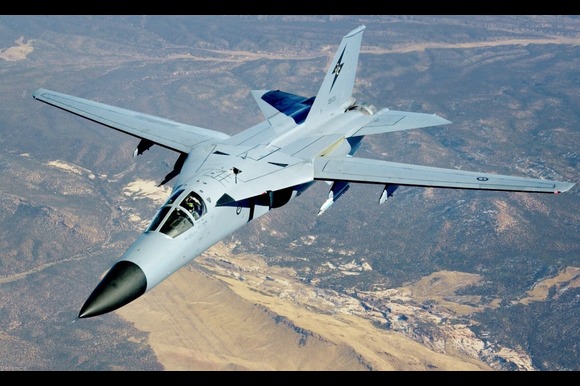
By Master Sgt. Kevin J. Gruenwald
Australia has accused a Chinese military aircraft of releasing flares dangerously close to one of its patrol planes over the South China Sea, describing the move as “unsafe and unprofessional.”
In a statement issued on Monday, Australia’s Department of Defence said it had formally raised its concerns with Beijing following the mid-air encounter. The incident took place on Sunday when an Australian P-8A Poseidon aircraft was conducting a routine surveillance mission.
According to the department, the Australian aircraft sustained no damage and its crew members were unharmed despite the close proximity of the flares.
In response, a Chinese military spokesperson asserted that the Australian jet had “illegally intruded” into what China considers its sovereign airspace and that the Chinese forces acted appropriately to expel it. Senior Colonel Li Jianjian, spokesperson for the Southern Theater Command Air Force, accused Australia of “seriously infringing upon China’s sovereignty” and urged Canberra to “immediately stop its infringing and provocative actions.”
The Australian Defence Force reiterated that it expects all militaries, including China’s, to operate in a “safe and professional manner” when conducting missions in international airspace and waters.
This latest encounter adds to a series of confrontations between the Australian and Chinese militaries across the region, where Beijing’s sweeping territorial claims overlap with those of several neighbouring nations.
The incident also coincided with Australian Prime Minister Anthony Albanese’s trip to the United States to meet President Donald Trump. The two leaders are expected to discuss Aukus — a trilateral defence pact between Australia, the US, and the UK involving the development of nuclear-powered submarines worth billions of dollars.
This is not the first such confrontation. In February, Canberra made similar accusations after a Chinese jet reportedly deployed flares near an Australian aircraft in the same area. At that time, China claimed the Australian jet had deliberately entered its airspace and defended its response as “lawful and restrained.”
Though Australia has no territorial claims in the South China Sea, it has consistently aligned with the US and its allies in rejecting China’s expansive assertions, arguing they lack any legal basis under international law.
The pattern of risky aerial and maritime interactions has persisted. In May last year, Australia alleged that a Chinese fighter aircraft dropped flares near an Australian navy helicopter taking part in a UN Security Council mission over the Yellow Sea, off the Korean Peninsula.
Then, in November 2023, Canberra accused the Chinese navy of deploying sonar pulses in international waters near Japan, which reportedly caused injuries to Australian divers.
The continuing series of incidents highlights the deepening military tensions between Australia and China as regional competition intensifies across the Indo-Pacific.




